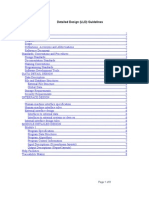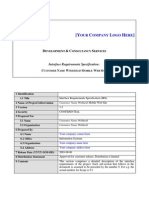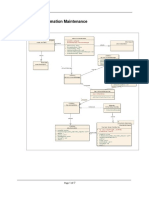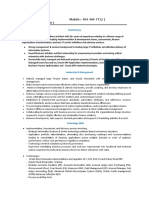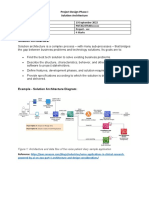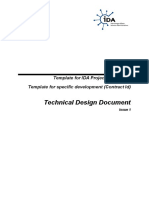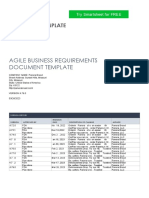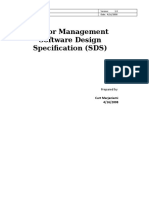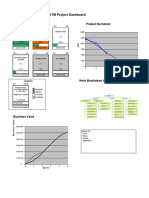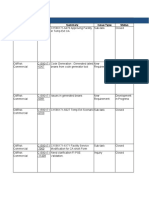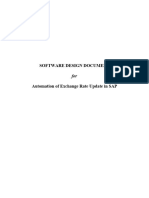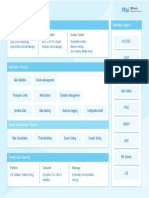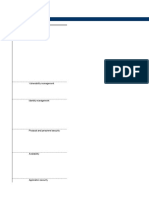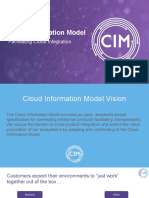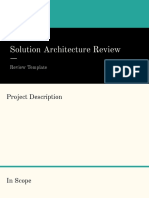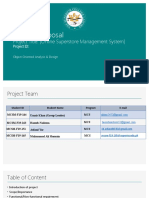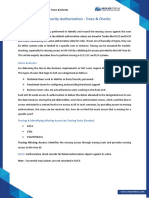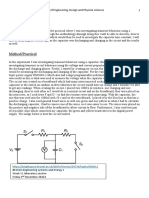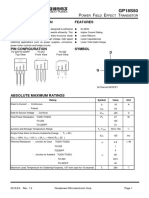100% found this document useful (1 vote)
452 views40 pagesSolution Architecture Review - Sample
The document summarizes a solution architecture review for an e-commerce web application being developed for The Funny Hat Shop. The application will allow online sales and integration with existing stock management, invoicing, and a new delivery vendor systems. Key components include an e-commerce website on AWS, email communications, and APIs to integrate order and delivery updates. Performance, availability, and security requirements are outlined including 99.99% availability, sub-2 second response times, and utilizing AWS for high availability and business continuity.
Uploaded by
Akin AkinmosinCopyright
© © All Rights Reserved
We take content rights seriously. If you suspect this is your content, claim it here.
Available Formats
Download as PDF, TXT or read online on Scribd
100% found this document useful (1 vote)
452 views40 pagesSolution Architecture Review - Sample
The document summarizes a solution architecture review for an e-commerce web application being developed for The Funny Hat Shop. The application will allow online sales and integration with existing stock management, invoicing, and a new delivery vendor systems. Key components include an e-commerce website on AWS, email communications, and APIs to integrate order and delivery updates. Performance, availability, and security requirements are outlined including 99.99% availability, sub-2 second response times, and utilizing AWS for high availability and business continuity.
Uploaded by
Akin AkinmosinCopyright
© © All Rights Reserved
We take content rights seriously. If you suspect this is your content, claim it here.
Available Formats
Download as PDF, TXT or read online on Scribd
/ 40
